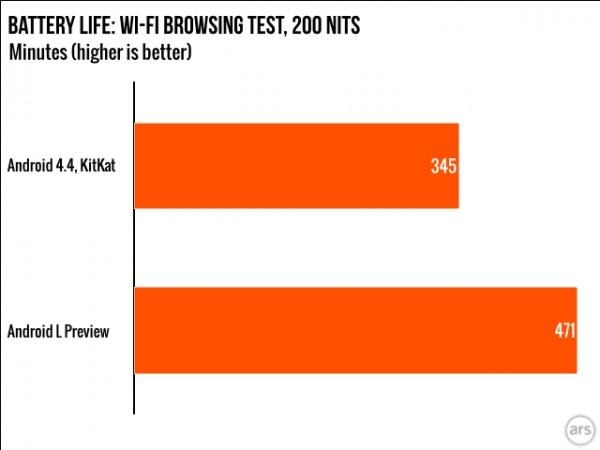Android L Project Volta gives batteries longer life
No, this isn't yet another strange device venture like Project Ara or Project Tango. "Project Volta" is simply the codename for the concerted effort within the Android development team to make sure that the next version of Android won't milk your battery dry in no time, giving you ample chance to reach for a wall socket or powerbank.Google seems to have this fascination with odd-sounding project codenames. In Android Jelly Bean, "Project Butter" was its internal name for making sure that Android's visual performance was "buttery smooth". In Android KitKat, it didn't throw around the name "Project Svelte" as much, but it was there and its purpose was to deliver an Android OS that could run, at the very least, on 512 MB of RAM. Now that Android L, whose final name remains unknown, is out on the streets, a new project has come to light. "Project Volta", as the name would suggest, is all about your battery. It's goal is simple and yet the implementation is pretty much like a juggling act.
At the very heart of Project Volta is the new JobScheduler API. This programming interface can be used to schedule (yes, it's that obvious) unimportant housekeeping duties for a later time when the device, particularly the CPU, is more active. This prevents the processor from being woken up in the middle of its sleep just for something that can be safely delayed for later. According to Google, even just a second of waking up the processor burns through an equivalent of two minutes of standby time. Developers will also be able to set certain conditions, like not performing certain actions unless the device is charging, pretty much like the WiFi conditions for certain downloads and updates. The scheduler is also smart enough not to allow tasks to run when the resource required isn't available, like network updates when there is no network.
Ars Technica put this theory to practice by running their battery test against Android 4.4 and Android L. Considering there is no Android L device yet available, and to give the test run a more controlled environment, they had to perform it on the exact same device in the exact same conditions. Meaning the inquisitive folks had to flash a fresh 4.4.4, setup the device, run the test, and then flash Android L on it. Rinse and repeat. The results might have made the effort worth it. Based on their findings, battery life lasted for 36 percent longer. An average of 2 hours tops. Definitely impressive by itself, but it doesn't stop there.

There are other factors that could lead to an even better battery performance in the final Android L. There is the transition from Dalvik to ART as the default runtime. Since the latter only compiles code into machine language once, when you install an app or when you first switch to ART, instead of every time the app is run, you are saving up on CPU cycles and battery life as well. And Android L is just at a very early stage of development, which could hopefully even great battery saving by the time it launches optimized on devices.
SOURCE: Ars Technica
